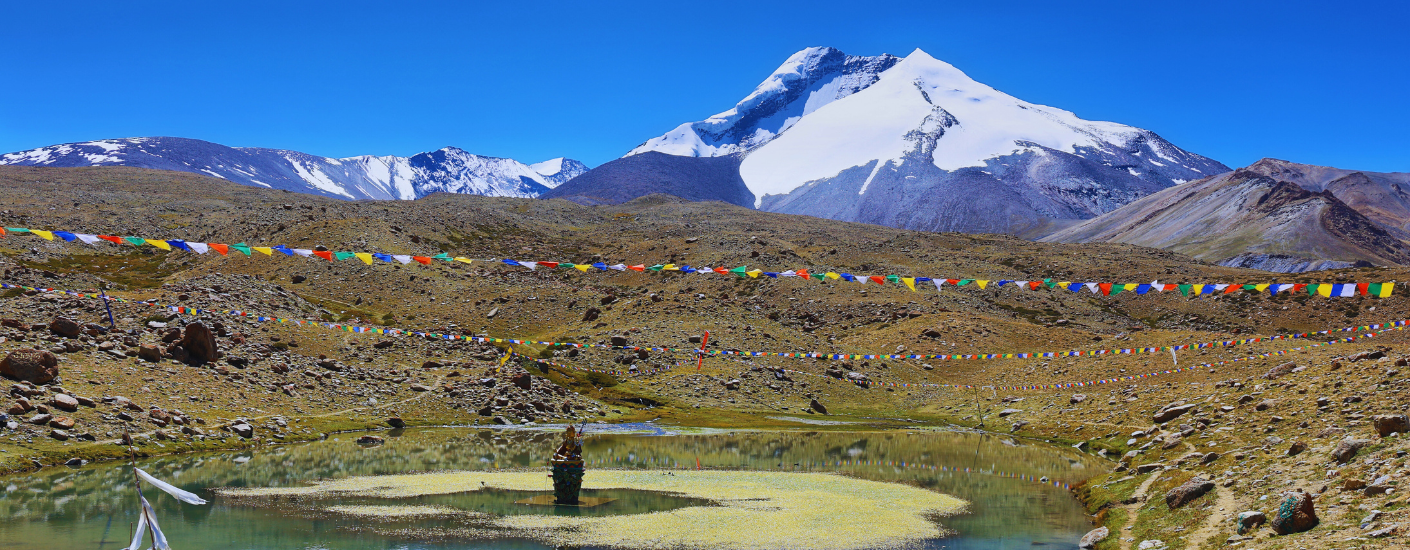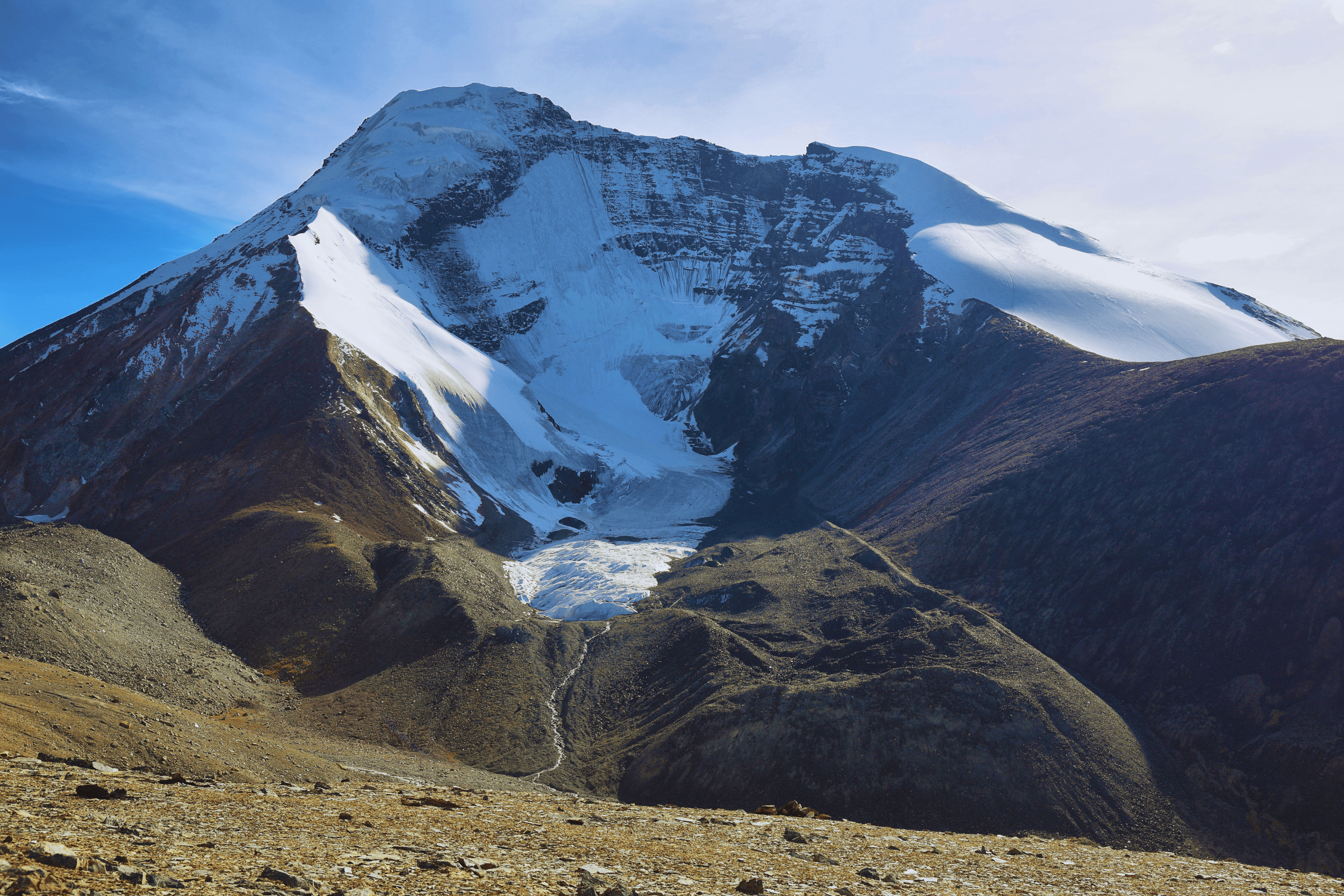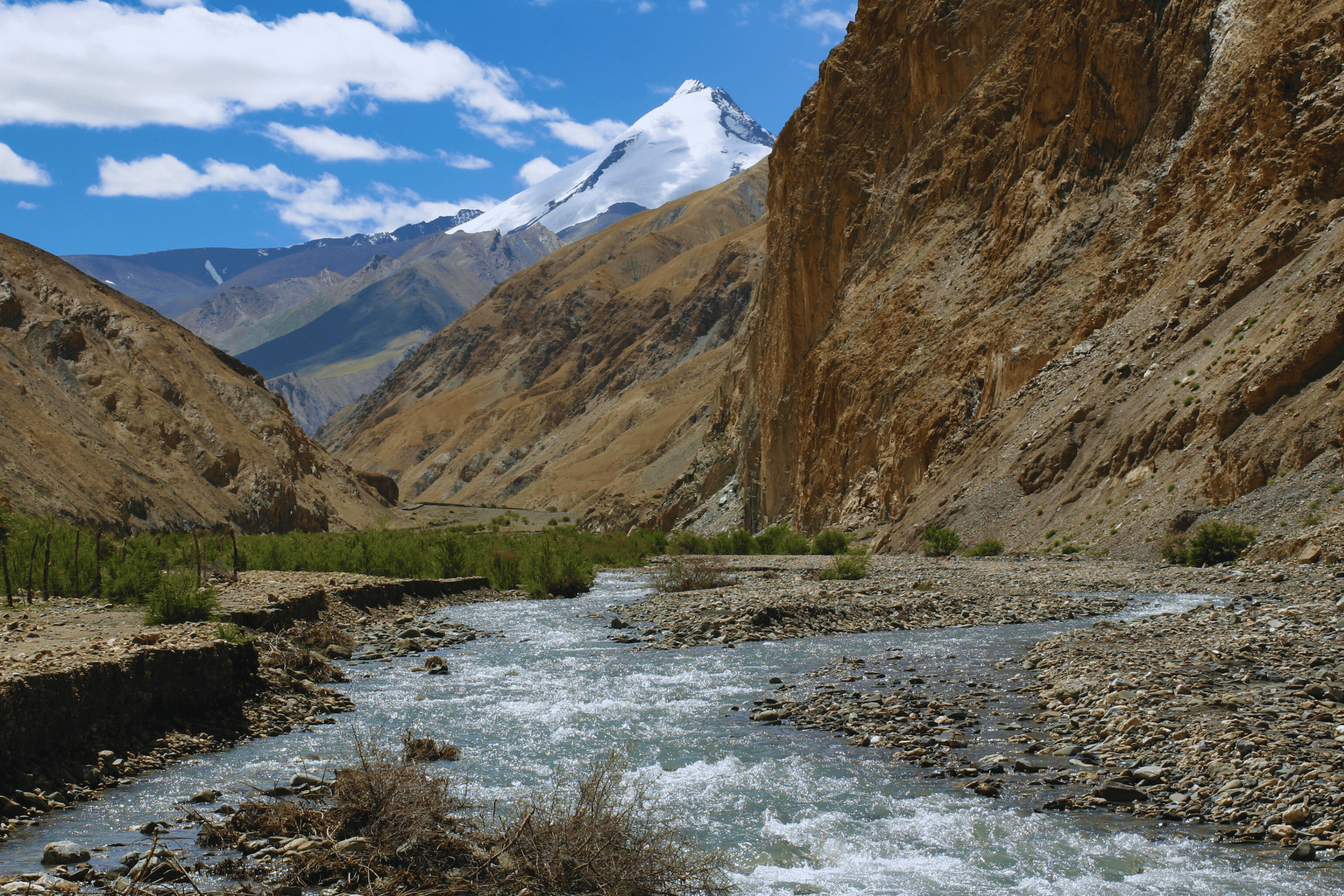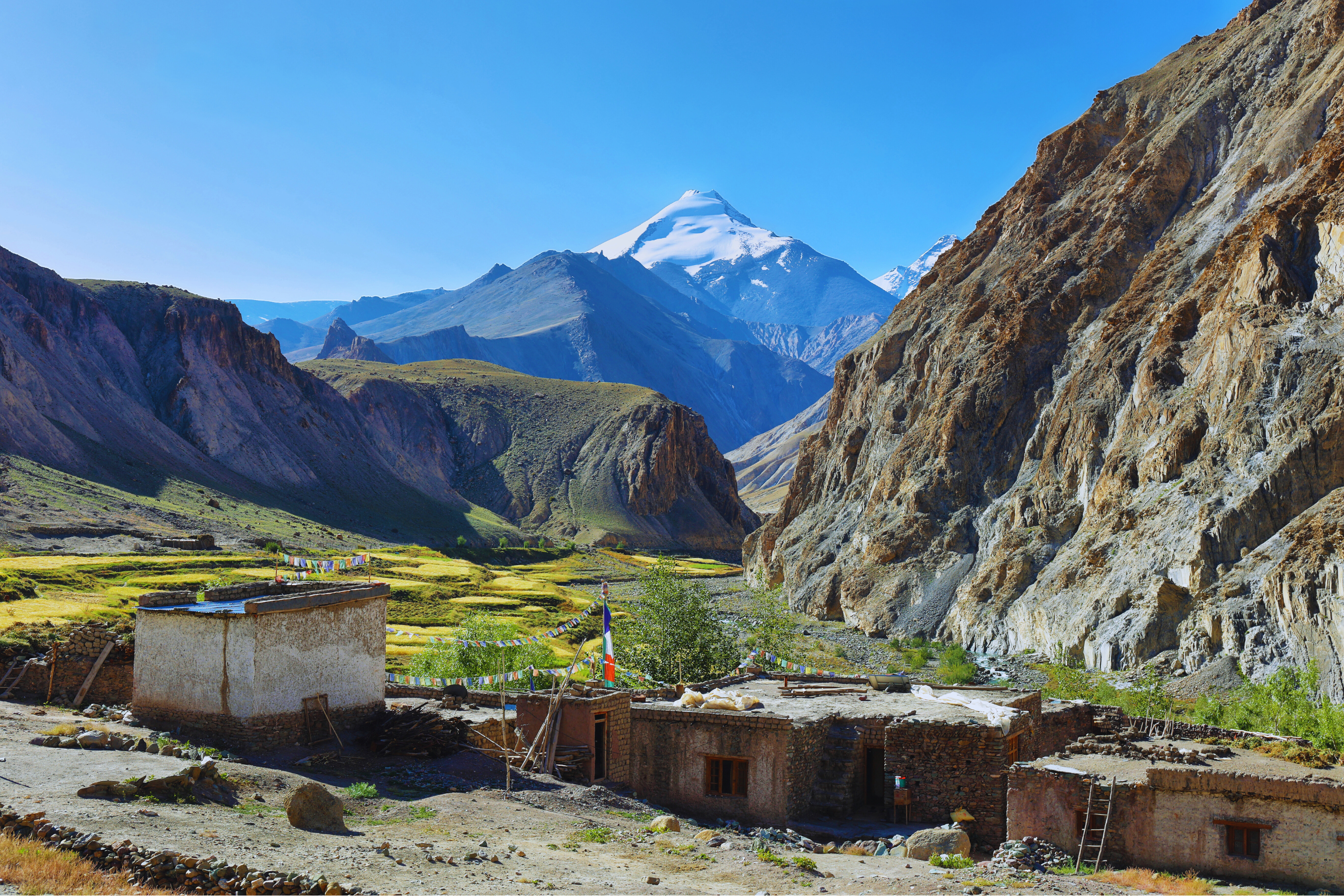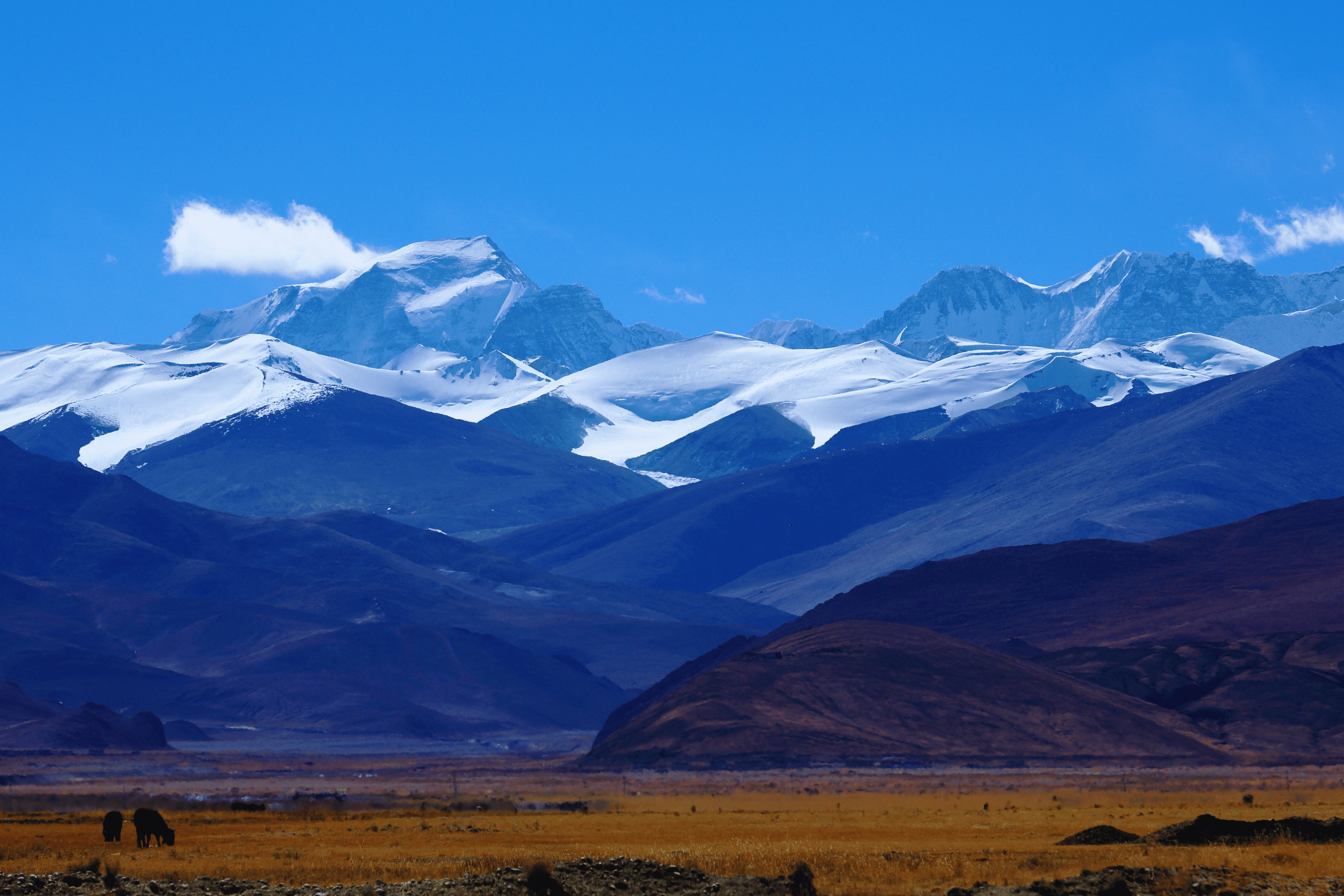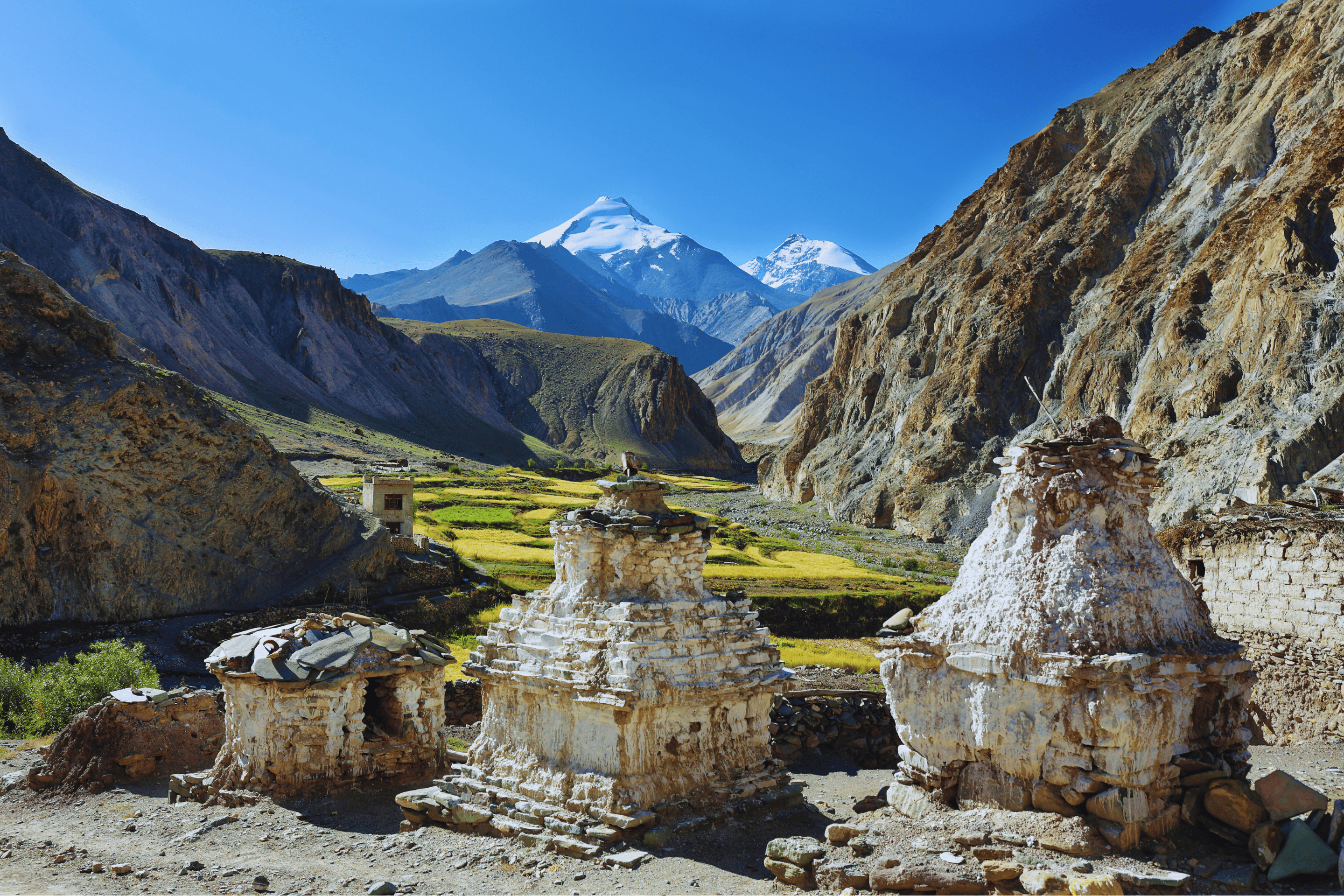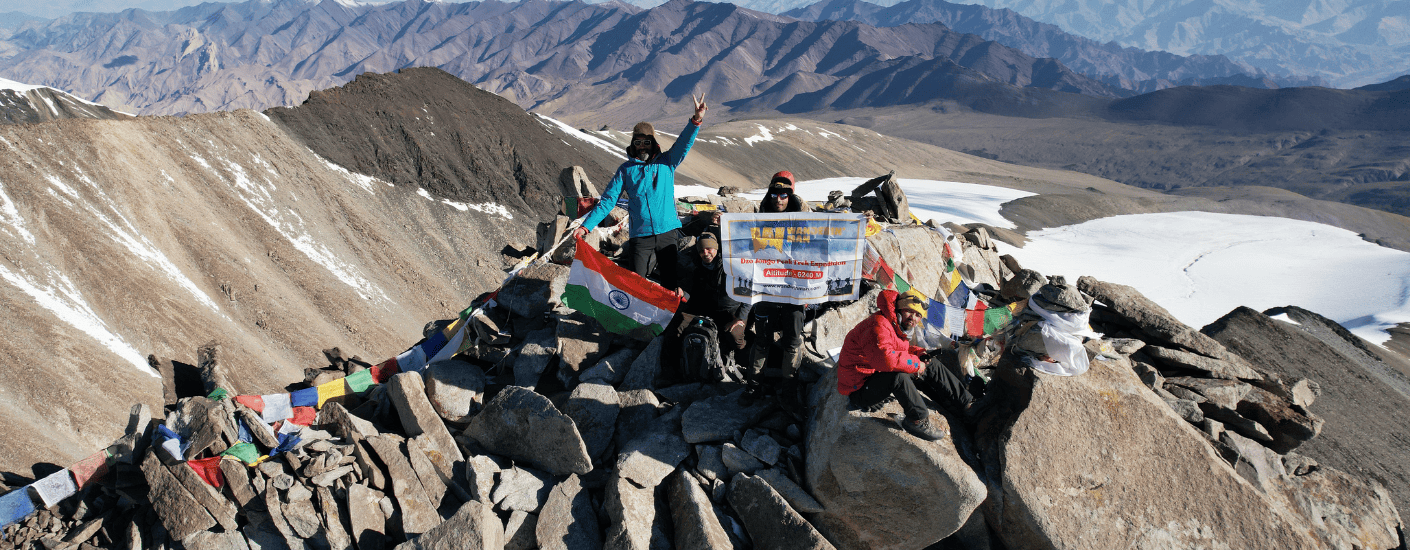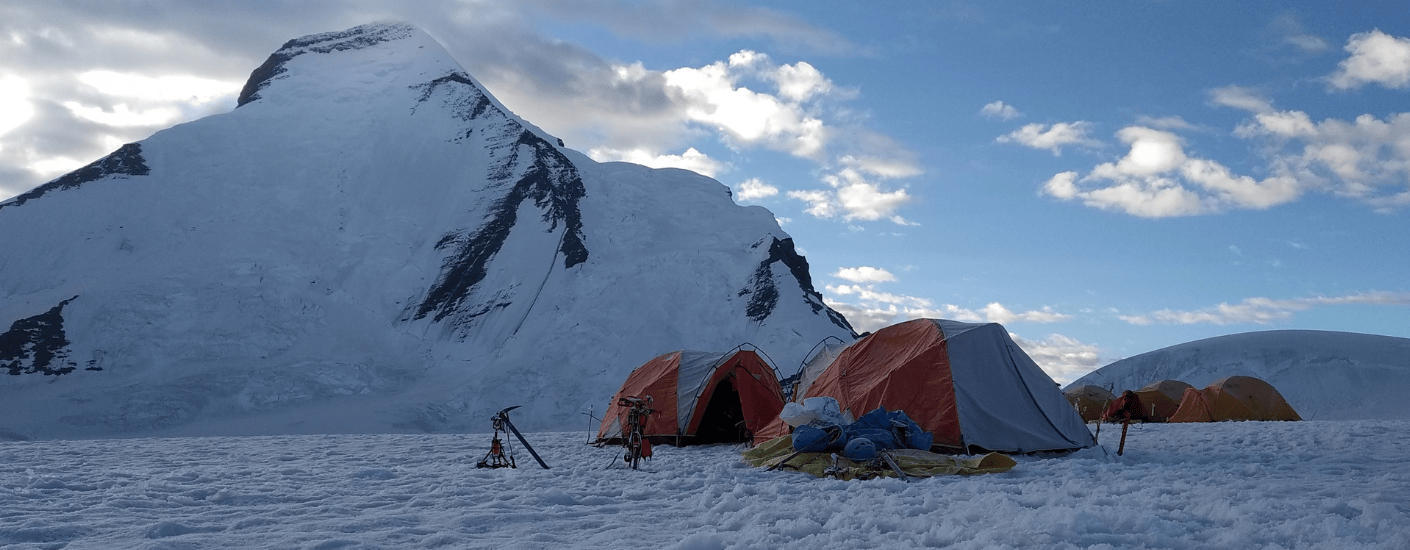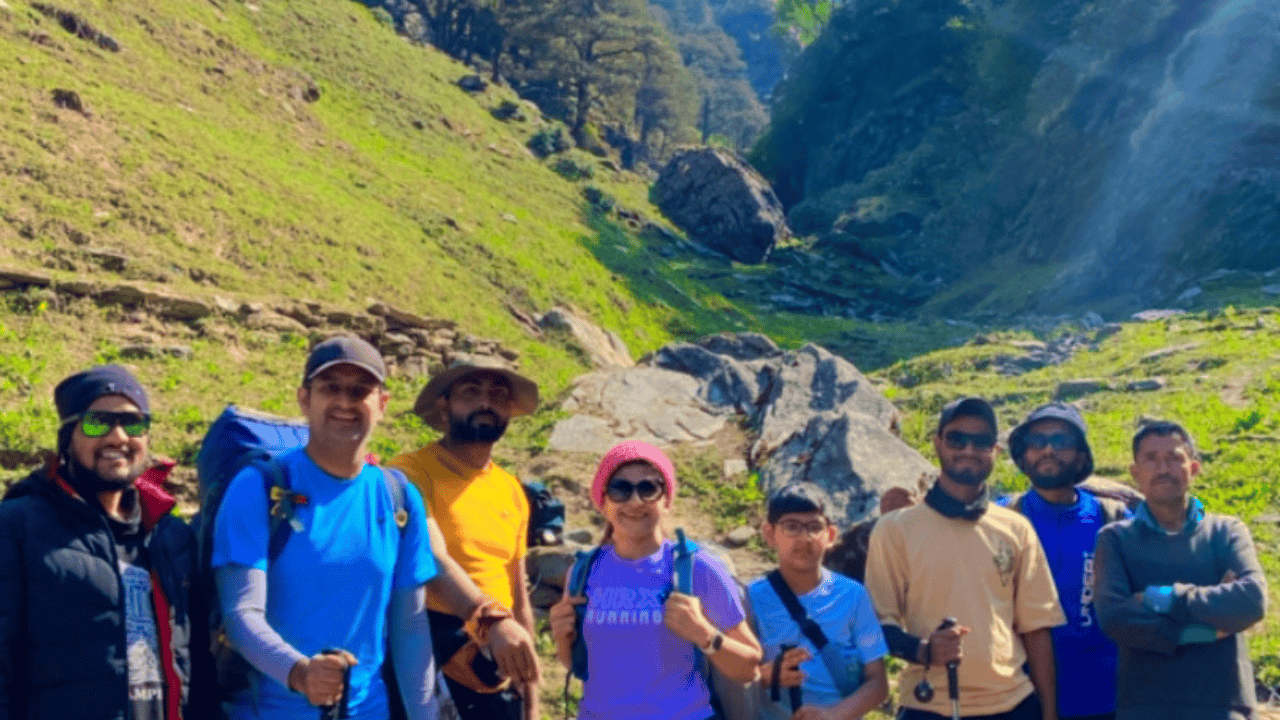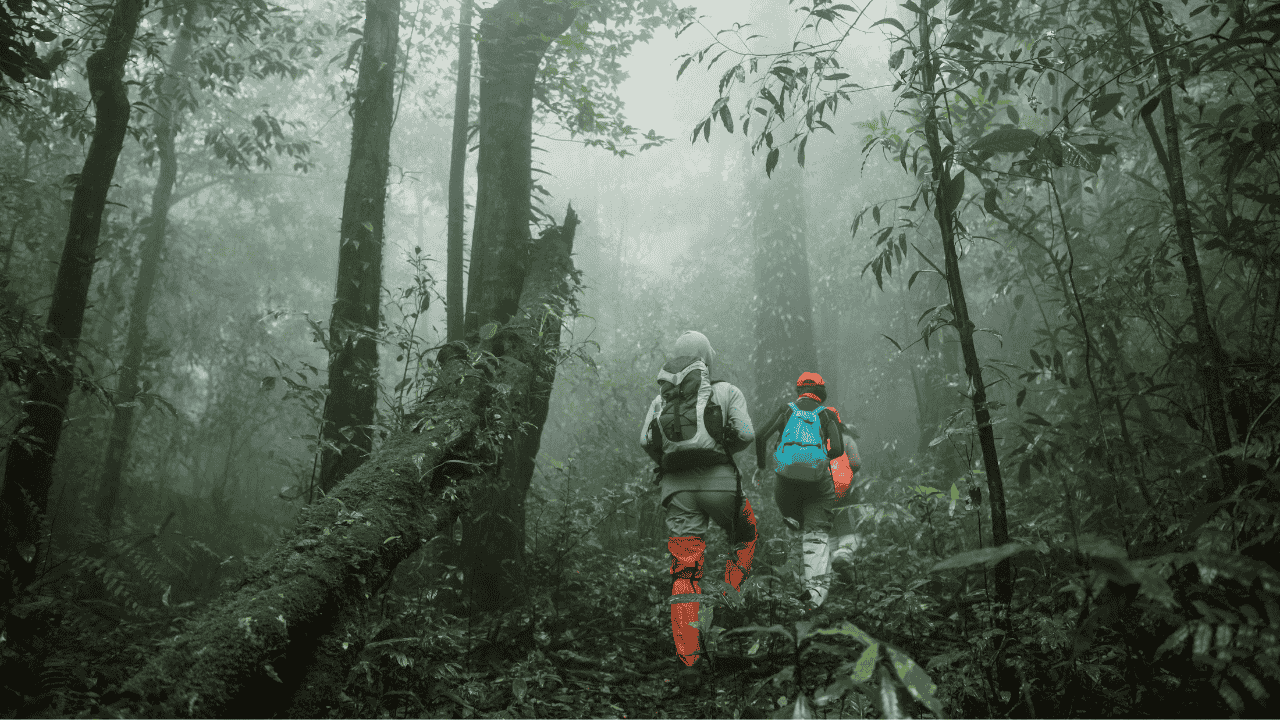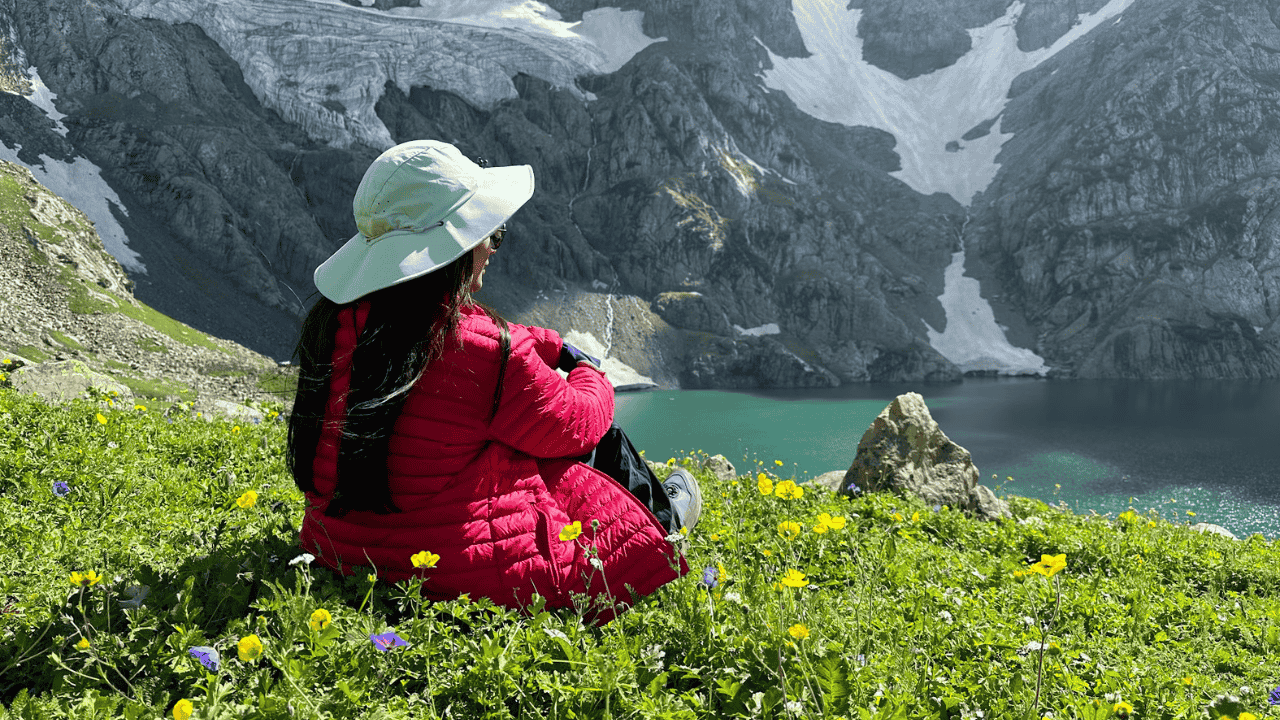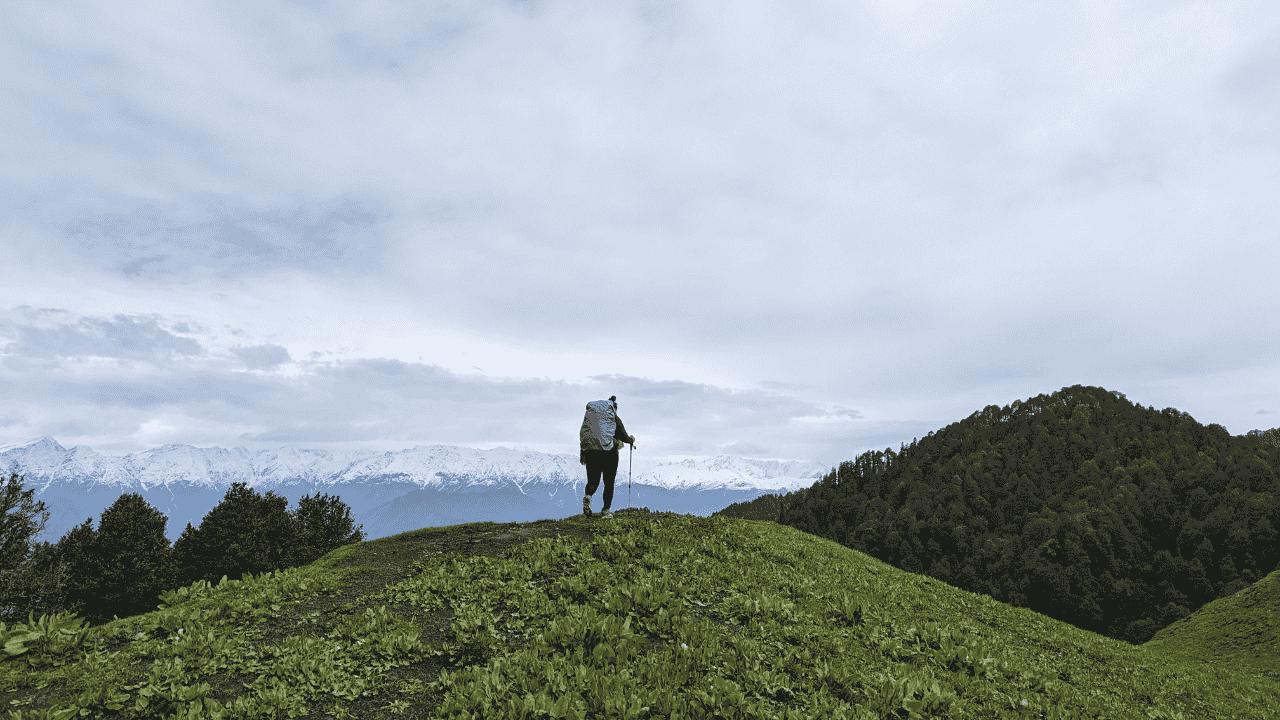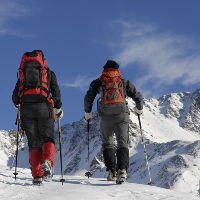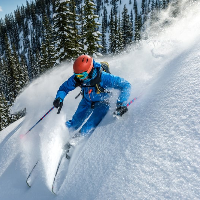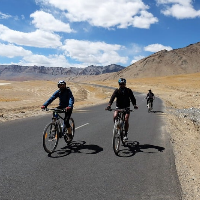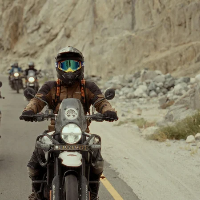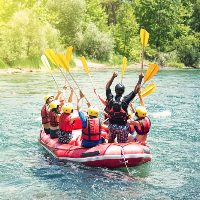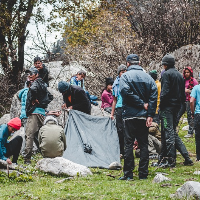Itinerary Description
Kang Yatse 2, which is situated in Hemis National Park, is the smaller of the two relatives, standing at 6,250 metres, while Kang Yatse 1 soars above it at 6,400 metres. On our walk, as we make our approach to its base through Markha Valley, Kang Yatse 2 emerges as one of the tallest hiking peaks in the great expanse of the desert environment in Ladakh. Standing towering in the centre of this barren landscape of scree and loose rocks, the summit is a sight of breathtaking beauty. From the moment you leave the high alpine city of Leh, you are surrounded by splendour. The journey to Skiu, the meeting of the two rivers with distinct colours?Zanskar and Indus?the sporadic sightings of local wildlife, the agonisingly dry but stunning trek through Markha Valley, and finally the slopes of this highly sought-after peak, which rises 6,250 metres and is so stunning that it's impossible to ignore it once you lay eyes on it. You get a sense of the regional culture and way of life as you pass through the little towns strewn throughout this desolate terrain. The terrain is dotted with shrines, mani walls, stupas, and other symbols of the nation's and its people's religious convictions. The prayer flags give this otherwise colourless background some colour. As we go to the highest altitudes of this magnificent peak, they also provide a sense of calm to the air that is gradually becoming thinner. Old monasteries, demolished forts, and abandoned buildings abound in this mud civilisation and blend in with the strange geological forms in the area, contributing to the mystique of the location. Although the majority of the walk consists of lengthy distances over difficult terrain, summit day, when we reach 1,200M in a single stride, continues to be the hardest day of the whole trek. Another aspect of the journey that has the power to catapult it to the top of your must-do list is the ascent back down through the high-altitude pass, Kongmaru La, which is located at an elevation of 5,236M. In between stretches of flat country abundant with pikus and marmots, there are a few strong inclines that make up the journey to Kongmaru La pass, which offers stunning views of Kang Yatse 1, Kang Yatse 2, and Dzo Jongo. The wind is severe on the pass and it is decorated with prayer flags. The valley appears and vanishes at every turn as you descend from the pass-through steep gorges and river crossings. The landscape is colourful, with rocks in a variety of hues, geological formations with tall vertical walls on each side of you, and the surge of water filling up these tiny crevices with some of the most unusual and fascinating wildlife you'll ever see. Since Kang Yatse 2 is a hiking mountain, no special gear or expertise is needed to climb it. However, due to the degree of stamina required and the high altitude, this journey is only appropriate for experienced climbers. For this peak, the optimum months to attempt are from June through September.
Short Itinerary
Arrive in Leh. (3500 mts)
Rest and Acclimatize in Leh (3500 mts ) and visit Thiksay Monastery and Shanti Stupa, Leh Palace, Etc
Drive to from Leh (3500 mts) to Skiu (3500 mts) 75 km (3 hours) and Trek to Sara (3600 mts) 11 km (5 to 6 hours)
Sara (3600 mts) to Markha (3750 mts) 10 km (5 to 6 hours)
Markha (3750 mts) to Thochuntse (4300 mts) 10 to 11 km (5 to 6 hours )
Thochuntse (4300 mts) to Kang Yatse Base Camp (5100 mts) 8 to 9 Km (6 to 7 hours )
Rest and Acclimatization with equipment training & orientation for KY2 (5100 mts)
Climb Kang Yatse 2 (6250 mts) and return to Base Camp (5100 mts) 6 km both side (11 to 12 hours )
Base Camp (5100 mts) to Chokdo (3960 mts) 16 km (7 to 8 hours ) via Kongmaru La (5200 mts). And Drive to Leh (3,500 mts) 60 km (3 hours)
Departure From Leh (3500 mts)
Buffer day
Detailed Itinerary
Day 1
Arrive in Leh. (3500 mts)
Day 2
Rest and Acclimatize in Leh (3500 mts ) and visit Thiksay Monastery and Shanti Stupa, Leh Palace, Etc
Day 3
Drive to from Leh (3500 mts) to Skiu (3500 mts) 75 km (3 hours) and Trek to Sara (3600 mts) 11 km (5 to 6 hours)
Day 4
Sara (3600 mts) to Markha (3750 mts) 10 km (5 to 6 hours)
Day 5
Markha (3750 mts) to Thochuntse (4300 mts) 10 to 11 km (5 to 6 hours )
Day 6
Thochuntse (4300 mts) to Kang Yatse Base Camp (5100 mts) 8 to 9 Km (6 to 7 hours )
Day 7
Rest and Acclimatization with equipment training & orientation for KY2 (5100 mts)
Day 8
Climb Kang Yatse 2 (6250 mts) and return to Base Camp (5100 mts) 6 km both side (11 to 12 hours )
Day 9
Base Camp (5100 mts) to Chokdo (3960 mts) 16 km (7 to 8 hours ) via Kongmaru La (5200 mts). And Drive to Leh (3,500 mts) 60 km (3 hours)
Day 10
Departure From Leh (3500 mts)
Day 11
Buffer day
WHAT'S INCLUDED
- ●Hotel stay Leh (Day 1,2 and 9 ) on double or triple sharing basis
- ●Meals during the trek (Day 3 Lunch till Day 9 Lunch)
- ●Forest Permits/Camping Charges, if any (Upto the amount charged for Indian nationals)
- ●Experience & Mountaineering course certified Expedition Leader with First Aid certification
- ●Experience Trek guide, cook, helpers, porters & mules for carrying common luggage
- ●Transport Leh to Leh
- ●Tents on twin sharing basis, Sleeping bags, mats
- ●Safety Equipment includes Helmet, Rope, Harness, Carabiners, Micro spikes/ Crampons, Safety kit and Gaiters, etc if required
- ●First aid medical kits and oxygen cylinder
WHAT'S NOT INCLUDED
- ●Meals in Leh
- ●Meals during road journeys
- ●Buffer Day Charge
- ●Cost of any kind of Insurance. Since insurance is mandatory, kindly get yourself insured from our partners ASC360 through www.asc360.com
- ●Portage of personal bags during the trek.
- ●Any Expense of personal nature.
- ●Any Expense not specified in the inclusions list.
- ●Leh Local Transport for Vist any place
Are you eligible for this adventure?
Annapurna Base Camp Trek takes you to a height of 4,130M and is rated a moderate level trek for its long trekking distances. For its elevation and distances, it is recommended for trekkers with some prior experience in the high-altitudes.
Grade
Difficult
Max Altitude
6250 mts
Distance
72 km

WMRS Level Required

Terrain

Prerequisite Skills

Fitness Benchmark
WMRS Level Required
WMRS 5
Annapurna Base Camp Trek is a level 4 adventure on the Bikat Rating Scale.
This makes it mandatory for you to have high-altitude experience of preferably multiple treks marked at level 3 on the WMRS. The altitude, the terrain, and the nature of the climb demand a certain level of endurance and a need for you to be aware of how your body reacts to the various features of the high-altitude environment.
If you do not know what level of WMRS trek would suit you best, worry not! Fill out this Form:
We will send you a progression chart to help you comfortably get out of your comfort zone in order to level up and ultimately reach your highest potential in the big, bad world of outdoor adventure.
Packing List
This is a list of essential items for individuals going on a trek with Wanderin’ Man Adventures. This list contains only those items which the participants are required to bring with them. The list excludes those items which are provided by Wanderin’ Man Adventures on the trek. We have divided the items into five categories. All the items in the list are essential except for those marked as optional.
🟩 Trekking Gear
- Rucksack bag with rain cover
- Day Pack Bag - Recommended for treks with summit day
- Head Torch with spare Batteries
- UV protection sunglasses
- Water Bottles - 2 bottles of 1 liter each
🟩 Footwear
- Non-skid, deep tread, high-ankle trekking shoes - 1
- Pair of light weight Slipper/Sandals for the campsite - 1
🟩 Clothing
- Quick Dry Warm lower or Track Pants - 2
- Full sleeves T-shirts/Sweatshirts (1 for every 2 days of trekking)
- Pair of thick woolen socks (1 pair for every two days of trekking)
- Thermal Body warmer Upper & Lower - 1
- Undergarments (1 for each day of the itinerary)
- Warm jacket closed at wrist & neck - 1
- Full sleeves sweater - 1
- Rain wear (Jacket & Pants) - 1
- Pair of water-proof, warm gloves - 1
- Woolen cap - 1
- Sun shielding Hat - 1
- Multipurpose Buff - 2
🟩 Toiletries
- Personal toiletries kit (Small Towel, Toilet paper, paper soap, Bar soap, toothbrush, toothpaste, cold cream, etc.)
- Sun screen lotion small pack (SPF 30 & Above) - 1
- Lip Balm small pack - 1
🟩 Utensils
- Small size, Lightweight & Leak proof lunch box - 1
- Plate - 1
- Spoon - 1
- Tea/Coffee (plastic) Mug - 1
🟩 Miscellaneous
- Camera (Optional)
- Carry your medicines in plenty in case you have any specific ailment. Consult your doctor before joining the trek.
- Dry fruits, Nuts, Chocolate bars (Optional)
Note-
- For long treks, please carry a spare sunglasses.
- For winter trek please try to carry a thermal water bottle.
- For long winter treks, please carry an extra pair of warm pants.
Frequently Asked Questions
Why Wanderin Man?
(SET- Safety, Expertise & Trust )
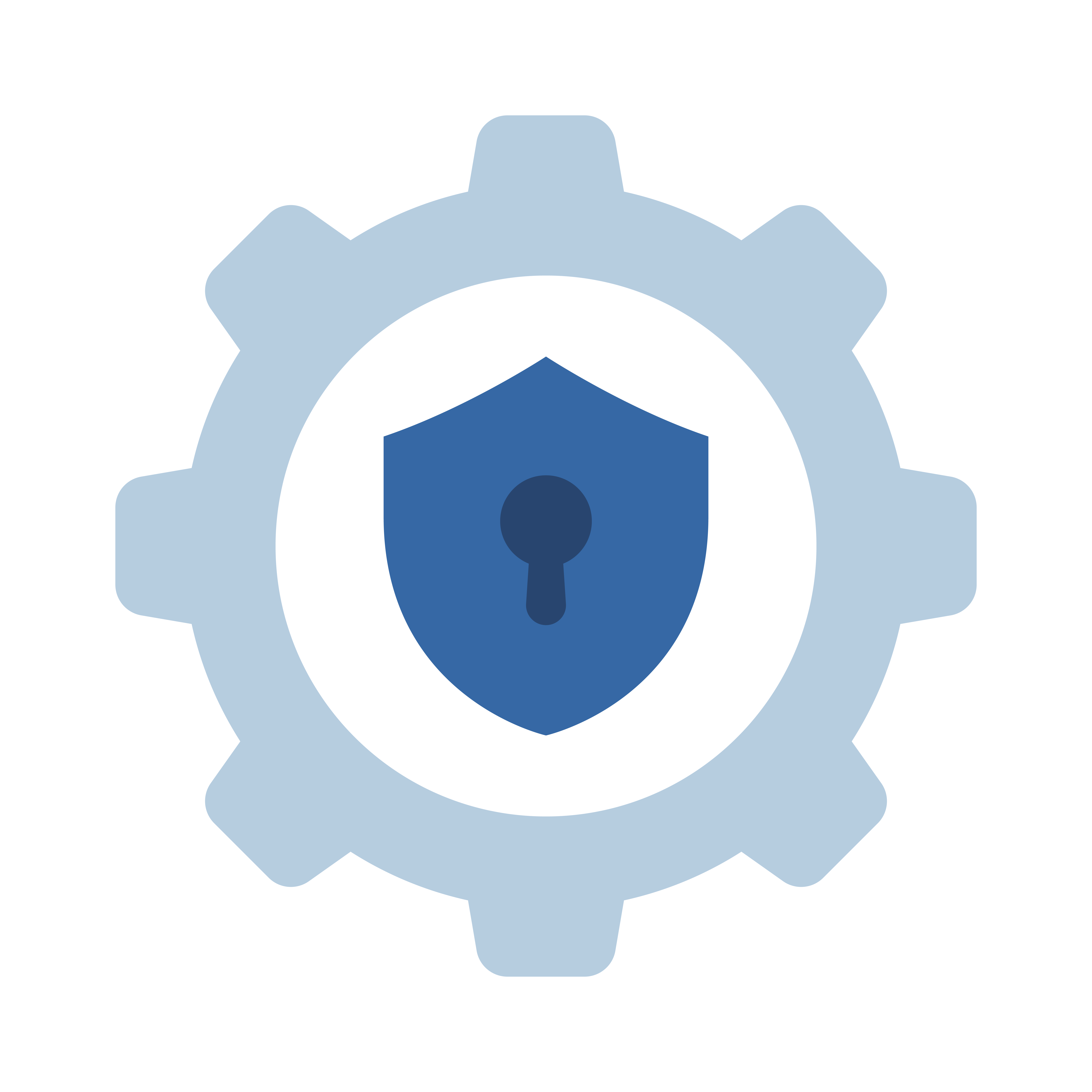
Safety
- ●Small Group Size in the ratio of 6:1 (participant to leader)
- ●No compromise on safety and sustainability promise
- ●Experienced and Certified Mountaineering Professional Leaders
- ●Region Mapped with Emergency Evacuation Plan
- ●Certified Standard Equipment by UIAA (International Climbing and Mountaineering Federation certification) & other Similar Bodies
- ●Minimized Risk Management Standard Operating Procedure are applied for every Trek and tour
- ●Certified First Aid Support and Doctors* with constant availability of Safety Equipments like Medical Kit, Rescue Kit
- ●Constant communication is aided with the help of Communication Devices
- ●Certified and registered Transporter for transportation purpose

Expertise
- ●Founders of the company have extensive experience of 15 years having organized approx 2000+ trekking, Expeditions and other adventure activities.
- ●Wanderin’ Man Adventures operating expeditions above 8000 mts.
- ●Under the umbrella of Wanderin’ Man Adventures 15 + adventure activities Programs have been organized
- ●Founders have mountaineering certifications from the esteemed mountaineering institutes of India.
- ●Team is composed of experienced mountaineers and trek leaders with thorough understanding of norms and procedures.

Trust
- ●Trust has been the hallmark of our company since its inception be it any program on the list.
- ●Special emphasis is laid on the use of standard procedures and equipments as per the mountaineering norms
- ●95% of our clients have availed our service on repeat basis.
- ●Our business has expanded primarily based on the “word of mouth” from our existing clients to new ones
What Our Customers Say
Cancellation Policy
Cash Refund (All events including Friendship Peak Expedition except other Mountaineering Expeditions) - Cash refunds are only available for bookings made without any discounts, such as promotional codes or dynamic discounts. Additionally, cash refunds are not available for shifted batch bookings or if the booking status is "Booked". The amount of the refund will be determined based on the following guidelines:
Cancellations made up to 45 days before the departure date
Cancellations made up to 31 days before the departure date
Cancellations made between 30 and 21 days before the departure date
Cancellations made between 20 and 11 days before the departure date
Cancellations made less than 11 days before the departure date are not eligible for a cash refund.
Similar Adventures
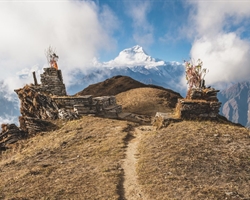
Khopra Ridge Trek
Less popular, less crowded, more beautiful alternative to ABC
- Nepal
- 10 Days
- BRS 4
- 4767 m
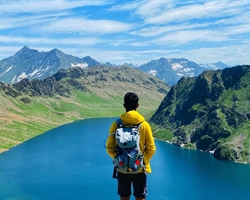
Tarsar Marsar Trek
A Shorter and Easier Alternative to the Kashmir Great Lakes Trek
- Kashmir
- 7 Days
- BRS 4
- 4024 m

Hampta Pass Trek
An Enchanting Cross-Over from Manali to Spiti
- Himachal
- 5 Days
- BRS 4
- 4200 m
Related Itinerarys

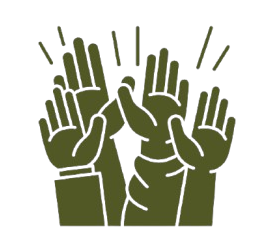 Max Participants :
12
Max Participants :
12
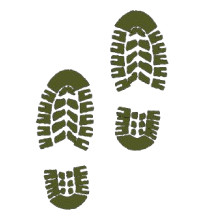 Trail Type :
Cross over trail, Start one valley, cross the pass, and end to another valley
Trail Type :
Cross over trail, Start one valley, cross the pass, and end to another valley
